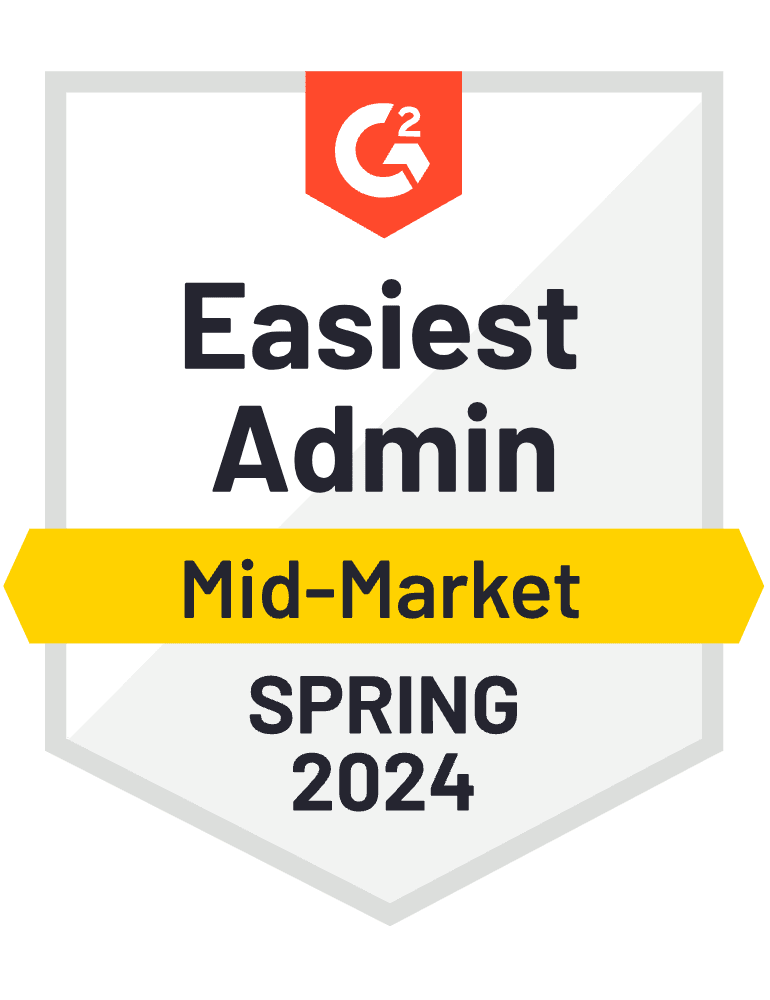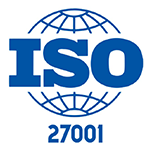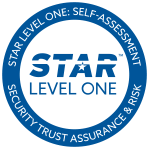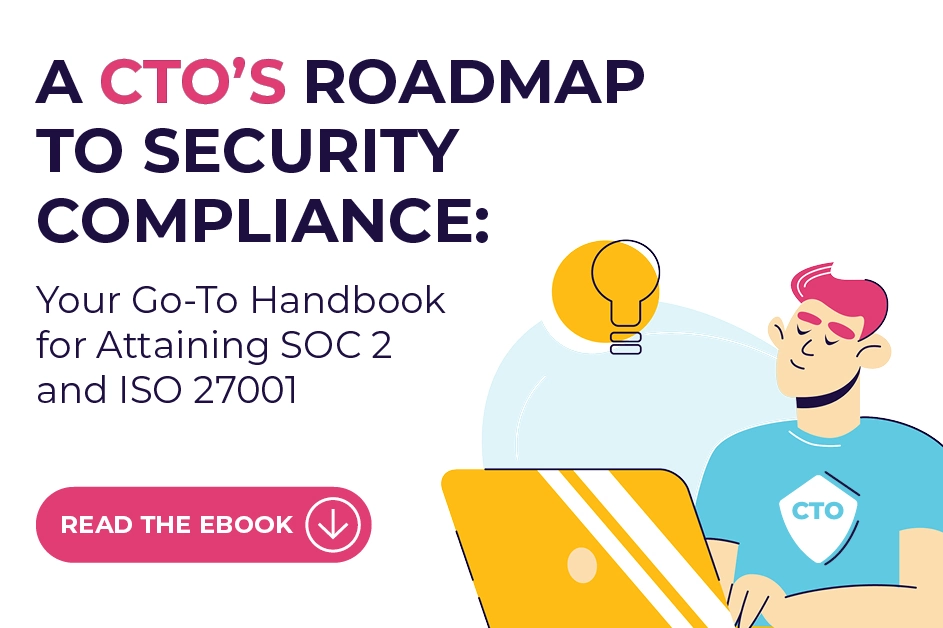SOC 2 is the gold standard in information security, demonstrating that your organization has robust and reliable controls in place. But it’s not just an excellent way to show off your bulletproof InfoSec credentials. SOC 2 is increasingly demanded by discerning customers.
But while there are tips to assist with SOC 2 success, there are a number of common mistakes that businesses routinely make when implementing SOC 2.
Let’s take a look at a few of the big pitfalls that businesses often fall into when rolling out SOC 2, so you can be clear on what to avoid.
1. A Hands-off Attitude From Managers
It happens time and time again. Leadership is fully committed to SOC 2 implementation. They’re excited about that value SOC 2 will bring to the organization. And then … they leave it up to their employees.
That’s a mistake. With SOC 2, as with any complex project, you need senior management to assign responsibility, rapidly authorize the required interventions and make sure there aren’t unnecessary budget constraints.
SOC 2 involves multiple areas of your company’s organization and, therefore, requires clear authorisation and lines of communication between departments. Without management actively steering the process, bottlenecks and frustration are inevitable.
2. No Dedicated Project Manager
Now we have the flip side of the management-centric approach. Yes, you need to get leadership actively involved. But you also want to avoid a ‘too many cooks in the kitchen’ situation. Successful SOC 2 requires a dedicated single point of contact who will oversee the various moving parts of SOC 2 compliance and collect and collate all the relevant data.
The dedicated project manager should also coordinate with department heads and ensure that each team understands their specific role and responsibilities in achieving SOC 2 compliance.
3. No Readiness Assessment
The readiness assessment is a critical opportunity to stay a step ahead of the audit process. After determining the scope (i.e. which of the Trust Service Principles will be included in the audit) a company uses the readiness assessment to determine whether the relevant controls meet the standards required of SOC 2. The readiness assessment also ensures all necessary documentation and requirements have been collected and are in order. Any shortcomings are then addressed through a process of remediation. This phase is critical for identifying and resolving compliance issues before they become problematic during the formal audit.
Neglecting the readiness assessment sets you up for surprises during the audit process. And not the good kind.
4. Neglecting the Gap Analysis
Gap analysis tells you where you are and where you need to be, by addressing any present security vulnerabilities, in order to meet your SOC 2 goals. It’s a great way to ensure your SOC 2 implementation is strategic and effective. So why do some companies neglect it?
5. Assuming SOC 2 is Just a One-Time Exam
You’ve successfully implemented SOC 2 and the audit was a success. Woohoo. Time to forget about compliance and worry about other things? Not so fast. If you conceive SOC 2 as nothing but a box-ticking exercise you’re missing out on the whole point of SOC 2. It’s really a powerful business strategy that provides ongoing value when implemented purposefully.
Your Approach to SOC 2 Compliance
Achieving SOC 2 certification is a significant milestone that reflects your organization’s commitment to high information security standards. Successfully attaining SOC 2 certification not only endorses your security measures but also strengthens your standing as a trustworthy partner in the eyes of clients and stakeholders.
Firstly, Understand the SOC 2 Guidelines
Grasping the SOC 2 guidelines is key to building a strong foundation for your company’s security strategy. These guidelines don’t just serve as a checklist; they are a blueprint for establishing robust security practices and controls essential for SOC 2 certification. Early engagement with these guidelines ensures your security posture is comprehensive and aligned with SOC 2 standards, setting the stage for a smoother certification process.
Engaging deeply with these guidelines from the start allows your team to identify and implement the necessary safeguards and processes, ensuring every aspect of your security posture meets or exceeds the stringent requirements set out by SOC 2. This proactive engagement is crucial for avoiding common pitfalls and setting the stage for a successful audit.
Continuously Commit to Compliance
It’s crucial to understand that SOC 2 certification is not a one-time accolade but a continuous commitment to security excellence. Just as technology and threats evolve, so must your security measures. Your organization must embrace regular reviews and updates to your security practices to ensure ongoing compliance with SOC 2 standards. This cycle of continuous improvement is vital for maintaining your SOC 2 certification and demonstrates a lasting dedication to information security.
Avoid the Common Pitfalls
By staying vigilant and steering clear of common mistakes listed above, and with a strategic roadmap to SOC 2 implementation, you’re not just complying with standards – you’re setting your organization up for success. This proactive stance on security doesn’t just satisfy the growing expectations of customers; it lays down a solid foundation for your company’s information security practices.
Get Expert Guidance
Here’s the good news: there’s a tried and tested way to avoid all the pitfalls that businesses commonly fall into when implementing SOC 2 and ensure you always follow best practice. You simply need the assistance of an expert guide who deeply understands what SOC 2 is really about and how to customize implementation to suit every organization.
With so many SaaS companies today realizing the necessity of SOC 2 , automated solutions to streamline the compliance process have changed the game, especially when the benefits are so incredibly obvious. Instead of doing it alone, SaaS technology teams are turning to SOC 2 compliance automation to make the compliance process simpler, faster and more cost-effective. It’s the smart way to implement SOC 2.













